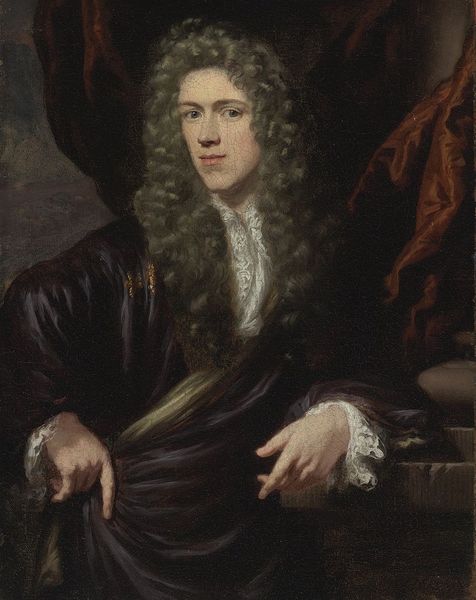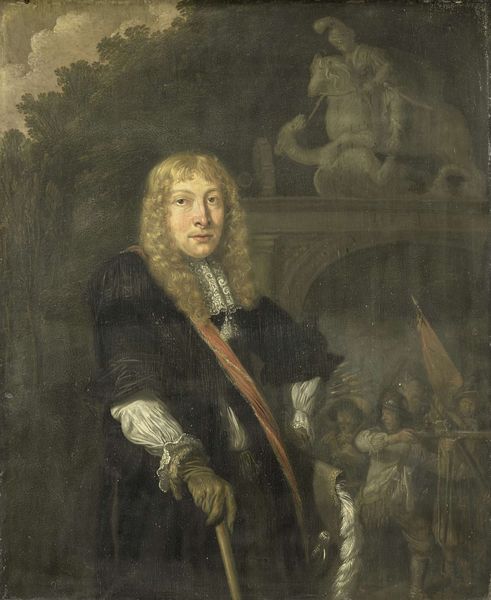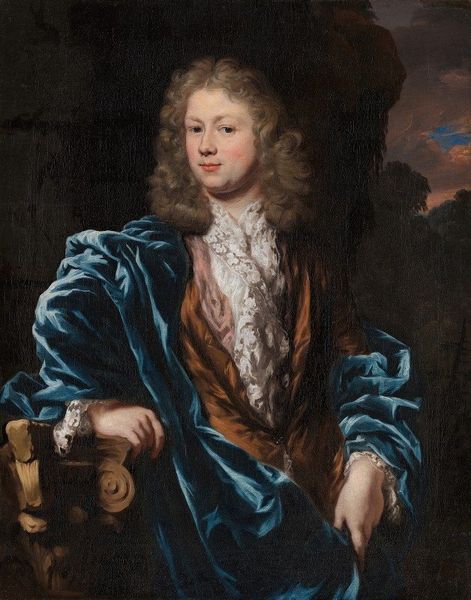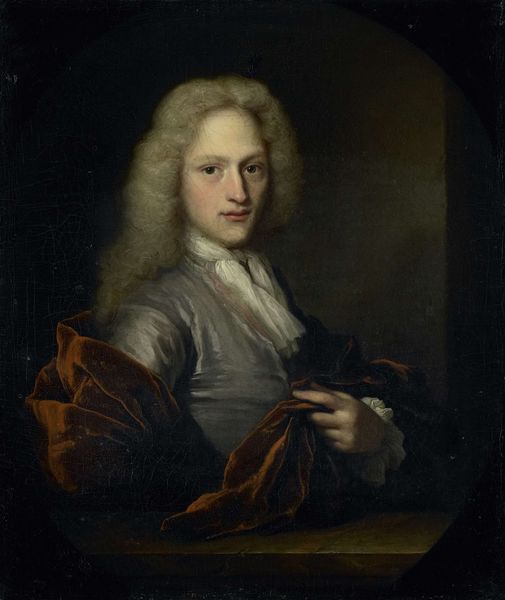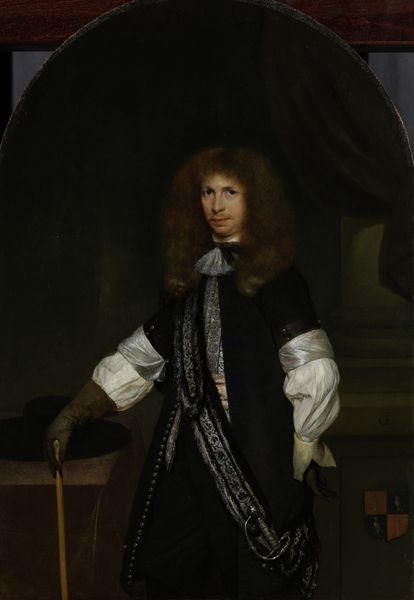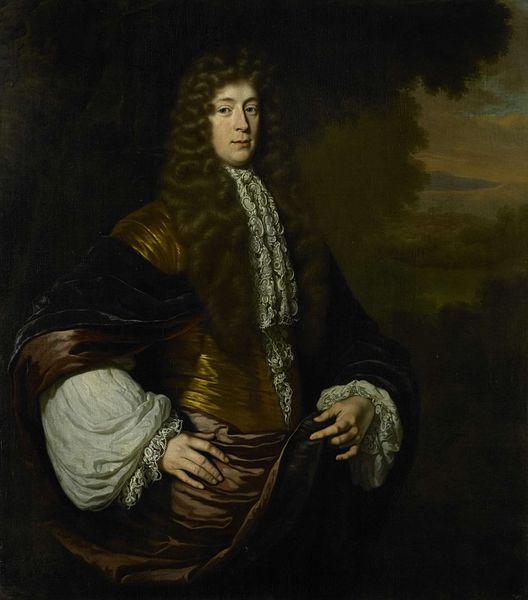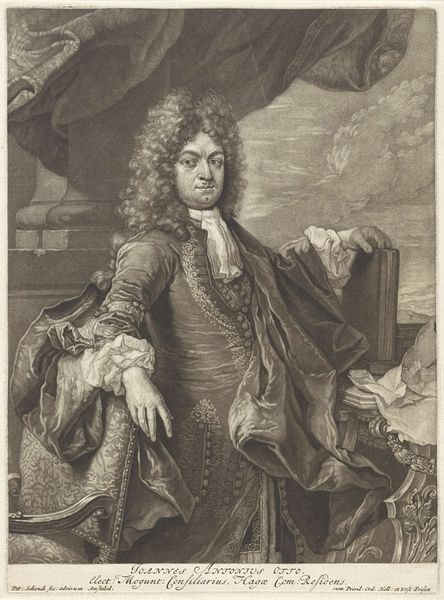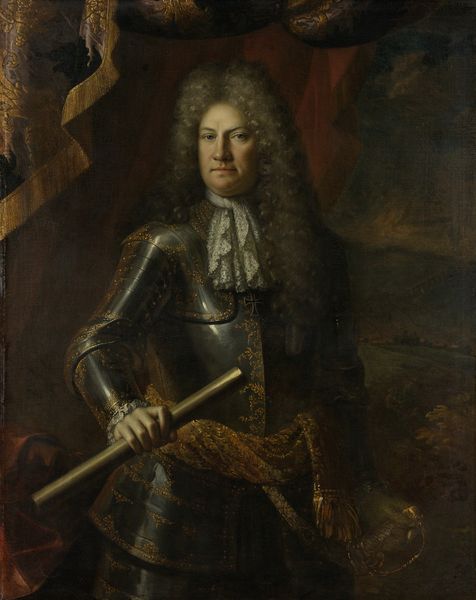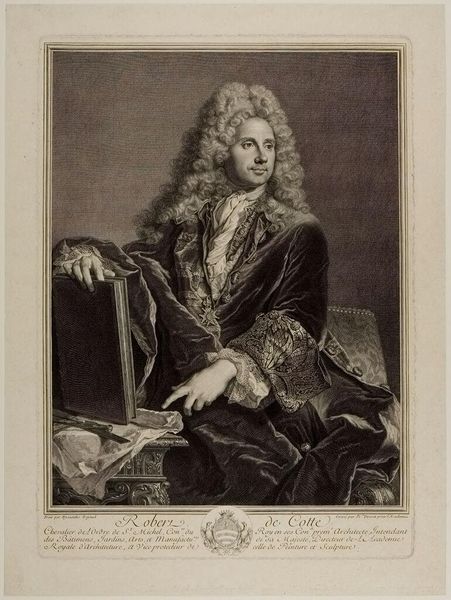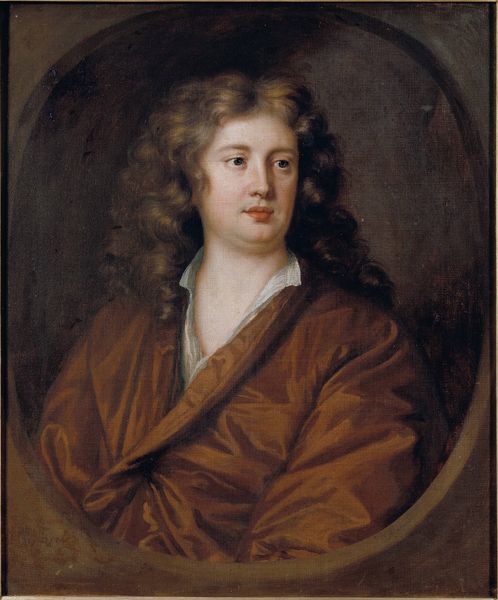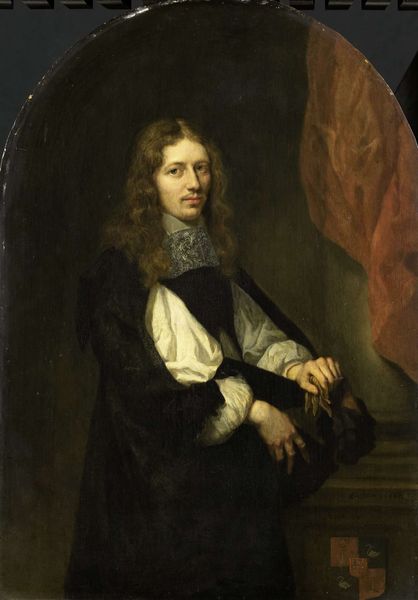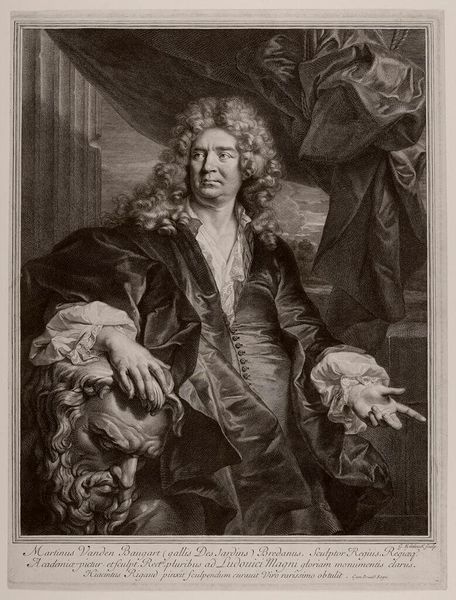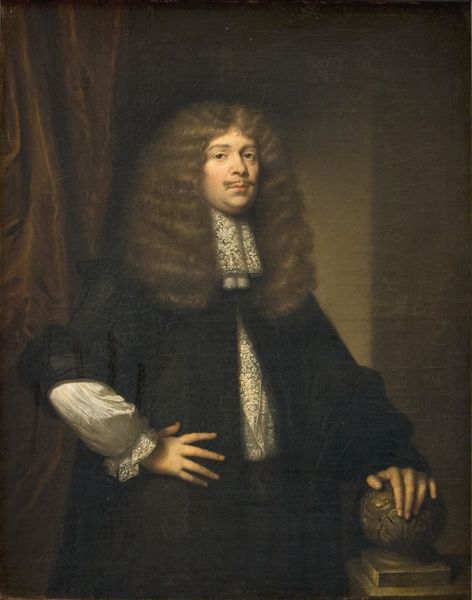
painting, oil-paint
#
portrait
#
character portrait
#
baroque
#
dutch-golden-age
#
painting
#
oil-paint
#
figuration
#
genre-painting
#
academic-art
#
portrait art
Copyright: Public domain
Ferdinand Bol, a contemporary of Rembrandt, likely painted this portrait of a young man, possibly Louis Trip, Junior, sometime in the mid-17th century. The Dutch Golden Age was a period of unprecedented economic and cultural flourishing for the Netherlands; portraiture became a way for the rising merchant class to display their wealth and status. Yet, the sitter's melancholic gaze and relaxed pose complicate this picture of Dutch prosperity. His androgynous appearance challenges traditional gender norms, reflecting a moment of shifting identities. The clothing, while expensive, seems almost carelessly worn, hinting at a tension between the desire to display status and a perhaps more personal expression. The lush landscape in the background, a staple of Dutch painting, further emphasizes this sense of ease and naturalness. Bol uses light and shadow to create a sense of intimacy, inviting us to consider the sitter's internal world. What does it mean to be young, wealthy, and perhaps a little uncertain of one's place in the world? The painting offers no easy answers, but rather invites us to contemplate the complexities of identity and experience in a time of great social change.
Comments
No comments
Be the first to comment and join the conversation on the ultimate creative platform.
